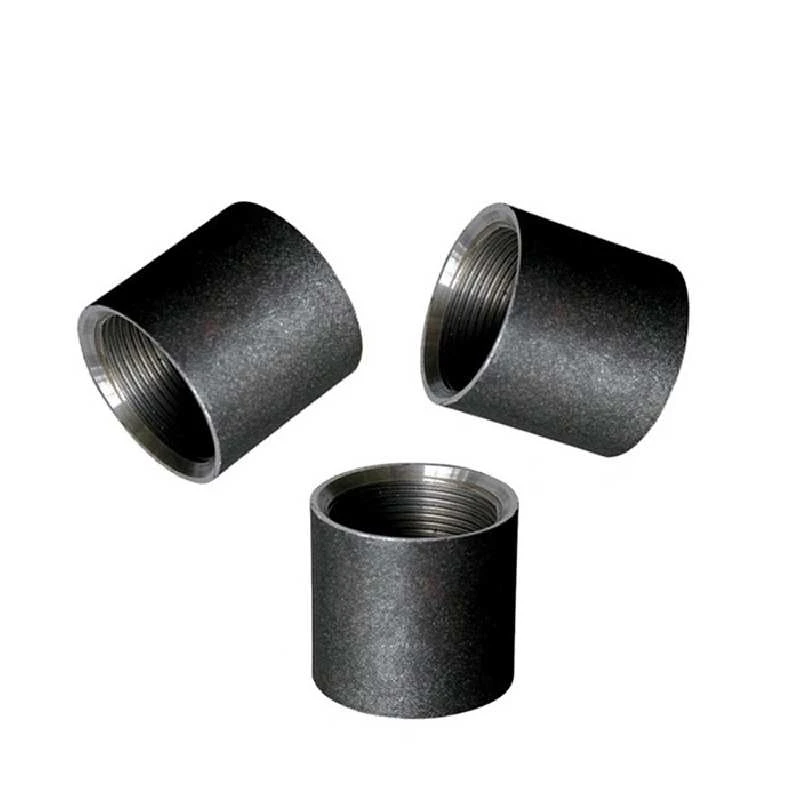-
Cangzhou Yulong Steel Co., Ltd.
-
Phone:
+86 13303177267 -
Email:
admin@ylsteelfittings.com
- English
- Arabic
- Italian
- Spanish
- Portuguese
- German
- kazakh
- Persian
- Greek
- French
- Russian
- Polish
- Thai
- Indonesian
- Vietnamese
- Zulu
- Korean
- Uzbek
- Hindi
- Serbian
- Malay
- Ukrainian
- Gujarati
- Haitian Creole
- hausa
- hawaiian
- Hebrew
- Miao
- Hungarian
- Icelandic
- igbo
- irish
- Japanese
- Javanese
- Kannada
- Khmer
- Rwandese
- Afrikaans
- Albanian
- Amharic
- Armenian
- Azerbaijani
- Basque
- Belarusian
- Bengali
- Bosnian
- Bulgarian
- Catalan
- Cebuano
- China
- China (Taiwan)
- Corsican
- Croatian
- Czech
- Danish
- Esperanto
- Estonian
- Finnish
- Frisian
- Galician
- Georgian
- Kurdish
- Kyrgyz
- Lao
- Latin
- Latvian
- Lithuanian
- Luxembourgish
- Macedonian
- Malgashi
- Malayalam
- Maltese
- Maori
- Marathi
- Mongolian
- Myanmar
- Nepali
- Norwegian
- Norwegian
- Occitan
- Pashto
- Dutch
- Punjabi
- Romanian
- Samoan
- Scottish Gaelic
- Sesotho
- Shona
- Sindhi
- Sinhala
- Slovak
- Slovenian
- Somali
- Sundanese
- Swahili
- Swedish
- Tagalog
- Tajik
- Tamil
- Tatar
- Telugu
- Turkish
- Turkmen
- Urdu
- Uighur
- Welsh
- Bantu
- Yiddish
- Yoruba

Nov . 09, 2024 12:28 Back to list
Exploring the Benefits of 3% and 4% Stainless Steel Pipes for Various Applications
The Versatility and Applications of 304 Stainless Steel Pipe
304 stainless steel pipe is one of the most widely used piping materials in various industries due to its exceptional corrosion resistance, strength, and durability. Composed primarily of iron, chromium (18%), and nickel (8%), 304 stainless steel belongs to the austenitic group of stainless steels. This classification grants it enhanced mechanical properties and makes it suitable for diverse applications.
Characteristics of 304 Stainless Steel Pipe
One of the standout features of 304 stainless steel pipe is its excellent resistance to oxidation and corrosion. This makes it an ideal choice for environments exposed to moisture, such as kitchens, laboratories, and chemical processing facilities. The presence of chromium ensures the formation of a passive oxide layer on the surface, which protects the metal from rust and deterioration.
Another advantage of 304 stainless steel is its high tensile strength and toughness, even at elevated temperatures. This allows the pipe to maintain structural integrity in high-stress applications and ensures a long service life. Additionally, the material is easy to work with, lending itself well to welding, cutting, and fabrication, which further enhances its usability across various sectors.
Applications of 304 Stainless Steel Pipe
The versatility of 304 stainless steel pipe results in its widespread use across many industries. In the construction and architectural sectors, it is commonly used for building components, support structures, and decorative applications. The sleek, polished finish of 304 stainless steel also adds aesthetic value to architectural designs.
In the food and beverage industry, food-grade 304 stainless steel pipe is employed for its hygienic properties. It is commonly used in the manufacture of equipment for processing, transporting, and storing food and beverages. The chemical composition of 304 stainless steel ensures that it does not react with acidic or alkaline substances, making it ideal for food contact applications.
3 4 stainless steel pipe

Furthermore, in the pharmaceutical and chemical processing industries, 304 stainless steel pipe is used for piping systems, tanks, and reactors. Its ability to withstand a wide range of temperatures and its resistance to corrosive chemicals make it a reliable choice for essential processes. Manufacturers often adhere to strict sanitary standards, and 304 stainless steel meets many of these regulatory requirements.
Advantages in HVAC Systems
Another particularly important application of 304 stainless steel pipe is in heating, ventilation, and air conditioning (HVAC) systems. These pipes are used for ductwork, exhaust systems, and more due to their capacity to handle high temperatures and resist corrosion from various chemicals and moisture, ensuring optimal performance and longevity.
Maintenance and Care
While 304 stainless steel pipe is designed to withstand harsh environments, proper maintenance is crucial to prolong its lifespan. Regular cleaning with non-abrasive cleaners helps to prevent the build-up of contaminants that could compromise its surface. It is also essential to ensure proper installation to minimize stress points that could lead to failures.
Conclusion
In conclusion, 304 stainless steel pipe is an indispensable material in the modern industrial landscape. Its combination of strength, versatility, and resistance to corrosion positions it as a preferable choice across numerous applications, including construction, food processing, pharmaceuticals, and HVAC systems. As industries continue to evolve and demand innovative solutions, the importance of 304 stainless steel will undoubtedly remain significant, underpinning the need for dependability and safety in various engineering applications. As we look to the future, investments in developing further stainless steel technologies will enhance the properties of these materials, ensuring they remain at the forefront of engineering solutions.
Latest news
-
ANSI 150P SS304 SO FLANGE
NewsFeb.14,2025
-
ASTM A333GR6 STEEL PIPE
NewsJan.20,2025
-
ANSI B16.5 WELDING NECK FLANGE
NewsJan.15,2026
-
ANSI B16.5 SLIP-ON FLANGE
NewsApr.19,2024
-
SABS 1123 FLANGE
NewsJan.15,2025
-
DIN86044 PLATE FLANGE
NewsApr.19,2024
-
DIN2527 BLIND FLANGE
NewsApr.12,2024
-
JIS B2311 Butt-Welding Fittings LR/SR 45°/90° /180°Seamless/Weld
NewsApr.23,2024











